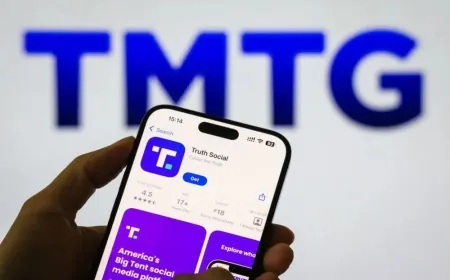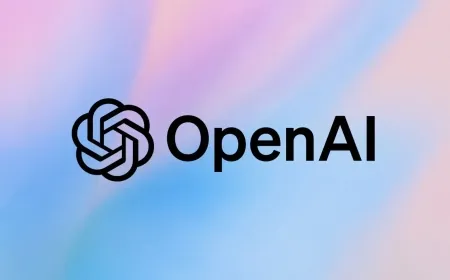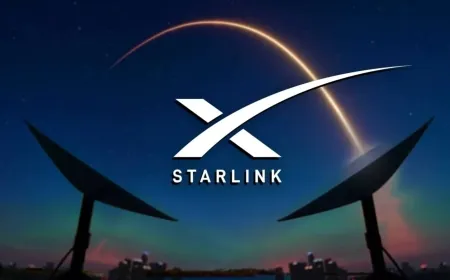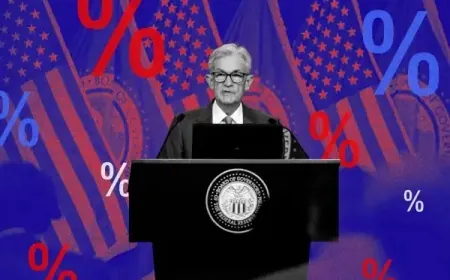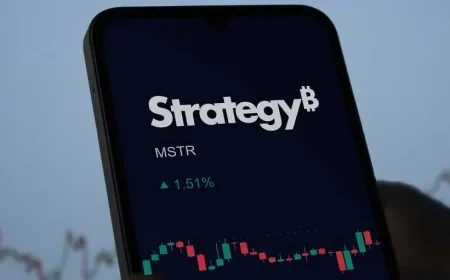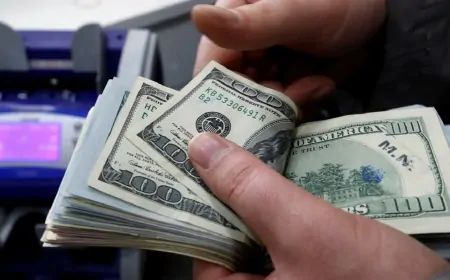Federal Student Loan Wage Garnishments Resume This Year for Delinquent Borrowers
Student loan collections resumed—know when wage garnishment starts, how much can be taken, and ways to avoid losing your paycheck in 2025.

Americans falling behind on student loan payments are once again at risk of wage garnishment, as the federal government resumes debt collection efforts following a five-year pause.
The Department of Education halted collections in March 2020 in response to the economic turmoil triggered by the COVID-19 pandemic. Now, as of May 5, the collections process is back in motion under the Trump administration’s latest directive, putting millions of delinquent borrowers in a vulnerable financial position.
According to federal data, over 43 million Americans owe a combined $1.6 trillion in student loans. Of these, more than 5 million are already in default—defined as missing payments for over 360 days. Another 4 million are severely delinquent, having not paid in more than 91 days. Federal officials estimate that within months, up to 25% of borrowers—around 10 million people—could end up in default.
The return of collections has already impacted repayment behavior. In the first quarter of this year, the student loan delinquency rate surged from below 1% to nearly 8%, according to the Federal Reserve Bank of New York.
Older Americans are particularly affected. Although borrowers over 50 represent just 20% of those with outstanding student debt, they account for 33% of delinquencies, Oxford Economics reports. Younger borrowers, by comparison, are in relatively better shape.
Unlike many other debts, federal student loans have no statute of limitations, meaning the government can pursue collection actions indefinitely. “It’s one of the harshest financial obligations out there,” said Persis Yu, deputy executive director at the Student Borrower Protection Center.
Many borrowers may have forgotten the potential penalties of default, having spent years without contact from collectors. "It’s dropped out of the collective consciousness," Yu said.
Wage Garnishment Timeline and Process
The Federal Student Aid office began notifying borrowers in default starting in April. Official warnings about wage garnishment are expected later this summer. Under federal law, the government does not need court approval to garnish wages but must provide at least 60 days’ notice beforehand.
“If you get a notice, that’s your 60-day window to respond and take action,” said Yu.
Experts anticipate that wage garnishments could begin as early as this fall. Borrowers receiving notices are urged to explore repayment options, including income-driven plans or loan rehabilitation, to avoid garnishment. However, the notices currently being issued reportedly lack clear guidance on how to contest the garnishment or appeal due to financial hardship.
Garnishment Limits and Other Collection Tools
The government can withhold up to 15% of a borrower’s disposable income. However, borrowers must still receive a minimum of $217.50 per week—the equivalent of 30 hours at the federal minimum wage of $7.25.
Beyond wages, the government may seize tax refunds and Social Security benefits. If you already received your tax refund for this year, it’s protected. However, if you filed for an extension, you may be at risk once collections restart, according to experts.
Other personal assets generally cannot be seized without a court order, which remains uncommon in student loan cases.
How to Exit Default and Protect Your Finances
Defaulting on student loans has long-term consequences, including damaged credit, which can affect your ability to secure mortgages, car loans, or even rent housing.
Borrowers do have options to resolve their default status:
-
Loan Rehabilitation: Make nine on-time payments within 10 months to return your loan to good standing.
-
Loan Consolidation: Replace your defaulted loan with a new one and begin fresh payments.
-
Pay in Full: If financially feasible, this clears the default entirely.
-
Challenge the Default: In some cases, borrowers may dispute the default if the debt is not theirs, the amount is incorrect, or garnishment would create financial hardship.
“There are valid legal grounds to stop wage garnishment,” Yu emphasized. “But the current notices aren’t explaining that clearly, which puts borrowers at a disadvantage.”
With collections now active again, understanding your rights and taking timely action is critical to avoiding severe financial setbacks. Borrowers should review all communication from the Department of Education and seek guidance on repayment strategies as soon as possible.
Also Read: How to Pay Off Student Loans Using Crypto in 2025 with DeFi and Payment Apps



















